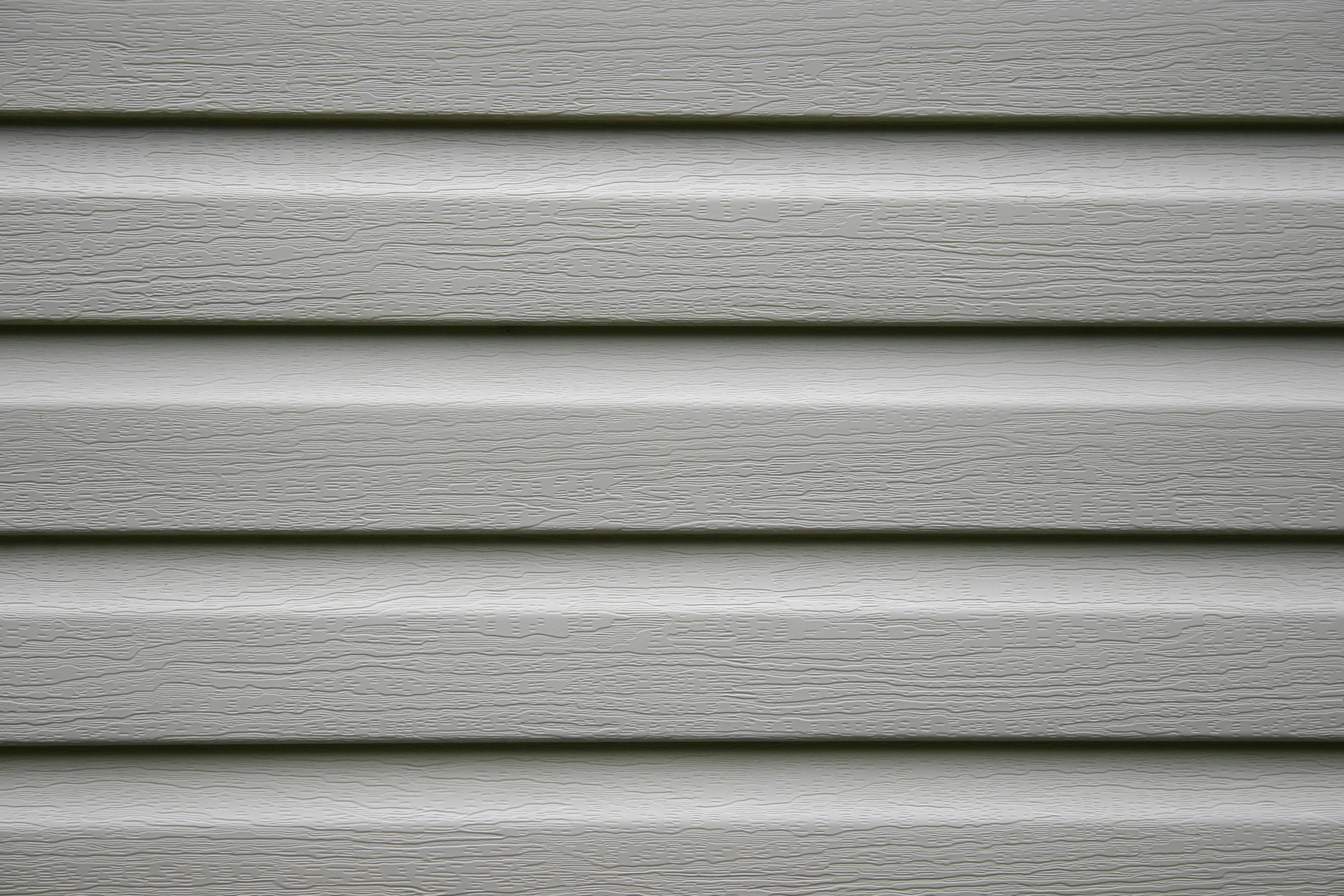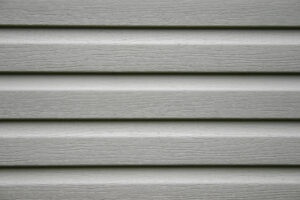How to Choose the Right Siding for Your Home

Vinyl Siding is a great way to give your home a unique look. Not only does it come in a wide variety of colors and styles, but it also has an insulating quality that can help to reduce your cooling and heating bills.
One of the best things about vinyl siding is that it is relatively easy to install. It is also resistant to water, termite, and insect damage. It can even act as a natural rain screen for your home. But before you begin, you should know exactly what type of siding you’re looking for. You can find the perfect option for your home by doing a little research.
In addition to choosing the right type of siding for your home, you should consider how to install it. Regardless of whether you’re installing new siding or replacing old, you should always use an experienced professional. A qualified installer can help you determine the type of vinyl siding you need.
In order to ensure the installation is smooth, you’ll want to follow a few simple steps. The first step is to cut your vinyl to the correct length. You will need to cut the material to a width of at least five inches. You’ll then need to score the material with a utility knife. It’s a good idea to wear safety goggles when completing the cutting process.
Next, you should measure the area you intend to side. This is typically determined by the height and width of the house. Make sure you’re measuring a level wall surface. This is especially important when you’re installing horizontal panels, which are typically the most common type of vinyl siding.
You’ll want to choose a fastener. These should be long enough to allow for the expansion and contraction of your siding. They should also be driven straight and level. If you’re using nails, be careful to get a nice, full penetration. You should be able to pull the nail back out by at least half an inch after the installation is complete.
You should also be sure to put a continuous water-resistant barrier behind your vinyl siding. You can install a foam backing that will trap moisture behind the siding. You should install the barrier before you start installing the siding. This will help to prevent mold and mildew from growing inside the home.
You should also install code-compliant flashing around all openings. This should include inside and outside corners. This will prevent your siding from bending or cracking. If you plan on installing the siding on top of the wood sheathing, you’ll need to build up the siding with at least 1 1/4″ of penetration into the sheathing.
Lastly, you’ll want to install the siding on a smooth, flat wall. A flat surface is important to avoid putting the vinyl siding in any nooks or crannies. This is important because it will cause the material to buckle with changes in temperature.
Fiber cement siding is one of the most popular siding options available today. It is not only long-lasting, but it is also environmentally friendly. In addition, it is fire-resistant and durable. It can be made to look like brick, stucco, or even shingles. It is durable and can last for up to 50 years.
The popularity of fiber cement siding is increasing every year. The material has been around since the 1970s, and now it is commonly used in new construction. It is also known for its durability, which makes it a great choice for contractors.
It is important to choose a type of siding that is suited for your home. You want to make sure that it will last for as long as possible. It is also important to consider what your preferences are. For example, do you prefer a traditional look or a modern one? The siding you select will determine how your home looks and how much you can expect to pay.
Some siding options are more affordable than others. If you decide to purchase a type of siding that is not very durable, you may be forced to spend a lot of money on maintenance. If you are considering fiber cement siding, you will need to ensure that it will be able to withstand harsh weather. The material is resistant to hail, snow, and ice. In addition, it will resist mold, moisture, and rot.
